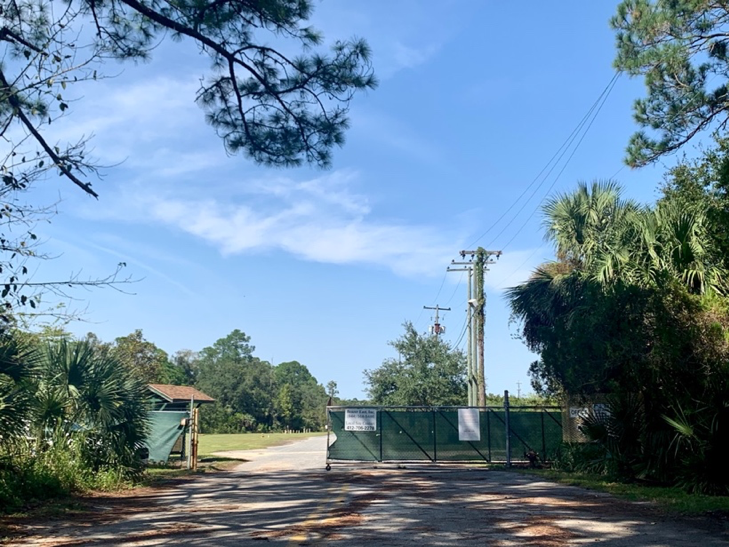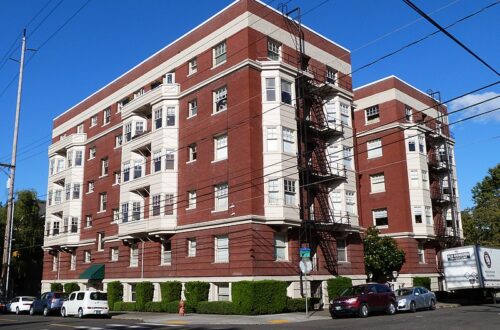In 1980, Congress enacted the Comprehensive Environmental Response, Compensation, and Liability Act. The act, nicknamed Superfund, gives the EPA the authority to facilitate the clean-up of contaminated sites.
The Cabot-Koppers Superfund Site, located in the Stephen Foster Neighborhood of Gainesville, was first listed on the National Priorities List in 1984. The 140-acre site is home to water, soil and sediment contamination.
In 1991, the EPA began remedial projects on the site. All remedial activities are expected to be done by the end of 2021.
The Cabot and Koppers locations began independently of each other and were later grouped to form the Cabot-Koppers Superfund site. Koppers consists of the western portion of the site and Cabot the eastern portion.
Pine tar and pine oil production has occurred on the 49-acre Cabot site since 1945. This section has a history of pine tar and charcoal production and falls under the responsibility of the Cabot Corporation.
The 90-acre Koppers site has been the location of wood treatment since 1916. The wood treatment facility was active until 2009 where Beazer East Inc. serves as the responsible party for the Koppers site.
The Floridan Aquifer is the water source for more than 175,000 Alachua County residents and the Cite of Gainesville Murphree Wellfield. Located two miles north of the Koppers site, the Florida Aquifer was the victim of contamination. The situation has since been remedied and is currently under supervision.
Although inhaling contaminates was likely the primary exposure for residents in the past, there was no data to monitor the air for years. According to the Florida Department of Health, past exposure levels cannot be modeled or quantified since there is no reliable methodology.
Exposure to Cabot-Koppers contamination may have resulted in a slight increased theoretical risk for numerous cancers for Gainesville residents.
The Cabot-Koppers Superfund site is located in the Stephen Foster neighborhood. The consequences of contamination disproportionately affect the diverse neighborhood.
Greenaction defines environmental racism as “the disproportionate impact of environmental hazards on people of color.”
The Stephen Foster neighborhood consists of Census Tract 3.01 and 3.02. Census data from 2010 found the racial make-up of tract 3.01 was 69.6% white and 22.7% Black. Tract 3.02 was 60.4% white and 31.7% Black.
Comparing these statistics to that of the U.S. reveals the disparities. The percentages of Black residents are significantly larger than the average racial make-up in the U.S. of 13.4% Black. White residents are substantially less than the 76.3% white U.S. average.
In 2020, a report by the nonprofit Shriver Center on Poverty Law found that “70% of hazardous waste sites officially listed on the National Priorities List under the Comprehensive Environmental Response, Compensation, and Liability Act are located within one mile of federally assisted housing.”
The neighborhood has been deemed unsafe for decades, yet many people still live there. The properties surrounding the site are worth significantly less, financially speaking, because of the contamination. The price point makes the area more accessible to those who are less financially privileged.
The community racial make-up was found to be 87.1% white and 9.9% Black in 1980. These percentages changed to 72.9% white and 20.3% Black as of 2000. From 1980 to 2000, the percentage of Hispanic residents also increased from 3.5% to 5%.
According to the 2018 Census, the percent below poverty level is 30.1% for Tract 3.01 and Tract 3.02 is 20.7%. That same year the census found the official poverty rate in the U.S. is 11.8%. The unemployment rate in 2018 was 8.7% and 12.4%, respectively.
The neighborhood has a poverty rate above that of the U.S. national average poverty rate. The unemployment rate is also high compared to the U.S. average. Based on these statistics, the neighborhood is not as financially secure as most neighborhoods.
There have been many development attempts on the two sites. According to the Head of Environmental Practice at Bilzin Sumberg Howard Nelson, the developers must be “sensitive to the needs of the community around the Superfund site because they have a point of entry and the ability to appeal a lot of the developers’ rights.”
The redevelopment of the site has been up in the air for years. The area is under consideration for new Alachua County fairgrounds and the Celebration Pointe sports arena.
The Koppers portion of the site is still undergoing large remedial projects; therefore, the area is not viable for development. Currently, the redevelopment on the Cabot Carbon portion of the site consists of retail stores, office spaces, car dealerships and a shopping center.
The community has been susceptible to dangerous exposure for decades. While the site received both media and local attention in recent decades, many Gainesville residents are still unaware of the Superfund.
Featured image: Gate into Cabot-Koppers Site. Image taken by Jessica Weber.
Check out other recent articles from the Florida Political Review here.





